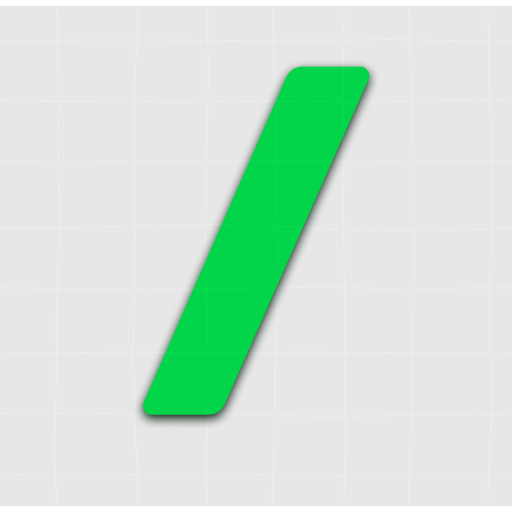Aeneas is an open-source AI model developed to assist historians in analyzing and contextualizing ancient Latin inscriptions. It supports the interpretation, attribution, and restoration of fragmentary texts by identifying textual and contextual parallels. As an alternative to proprietary tools, Aeneas provides an accessible, community-driven solution for epigraphic research. Other open-source or freely available alternatives include EpiDoc (for encoding inscriptions in TEI XML), Papyri.info (for collaborative editing and visualization of ancient texts), and Trismegistos (a metadata platform for ancient sources). These tools, along with Aeneas, contribute to a growing ecosystem of digital humanities resources supporting classical studies.
Key features include:
- Parallels Search: Quickly searches a vast collection of Latin inscriptions to find texts with similar wording, syntax, or provenance.
- Multimodal Input: Determines a text's geographical origin using both text and visual information (images of inscriptions).
- Gap Restoration: Restores gaps in damaged texts, even when the length of the missing text is unknown.
- State-of-the-art Performance: Sets a new benchmark in restoring damaged texts and predicting their origin and date.
Aeneas is co-developed with several universities and is freely available to researchers, students, and educators. The code and dataset are also open-sourced to support further research.

